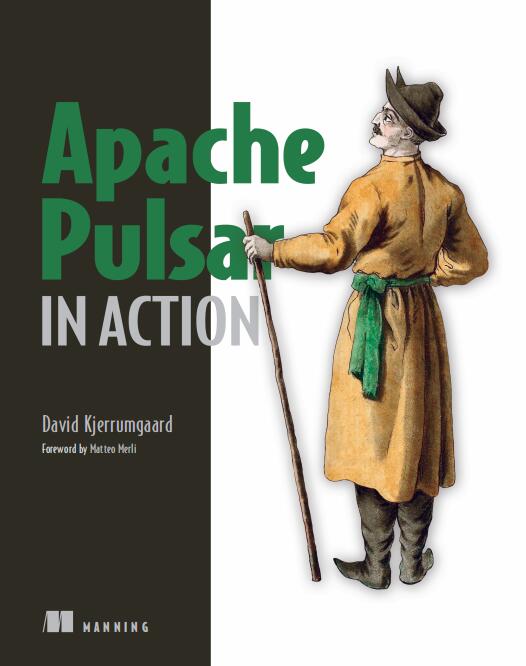
资料内容:
How this book is organized: A roadmap
This book consists of 12 chapters that are spread across three different parts. Part 1
starts with a basic introduction to Apache Pulsar and where it fits in the 40-year evolu
tion of messaging systems by comparing it to and contrasting it with the various mes
saging platforms that have come before it:
■
Chapter 1 provides a historical perspective on messaging systems and where
Apache Pulsar fits into the 40-year evolution of messaging technology. It also
previews some of Pulsar’s architectural advantages over other systems and why
you should consider using it as your single messaging platform of choice.
■
Chapter 2 covers the details of Pulsar’s multi-tiered architecture, which allows
you to dynamically scale up the storage or serving layers independently. It also
describes some of the common message consumption patterns, how they are
different from one another, and how Pulsar supports them all.
■
Chapter 3 demonstrates how to interact with Apache Pulsar from both the com
mand line as well as by using its programming API. After completing this chap
ter, you should be comfortable running a local instance of Apache Pulsar and
interacting with it.
Part 2 covers some of the more basic usage and features of Pulsar, including how to
perform basic messaging and how to secure your Pulsar cluster, along with more
advanced features such as the schema registry. It also introduces the Pulsar Functions
framework, including how to build, deploy, and test functions:
■
Chapter 4 introduces Pulsar’s stream native computing framework called Pulsar
Functions, provides some background on its design and configuration, and
show you how to develop, test, and deploy functions.
■
Chapter 5 introduces Pulsar’s connector framework that is designed to move
between Apache Pulsar and external storage systems, such as relational data
bases, key-value stores, and blob storage such as S3. It teaches you how to
develop a connector in a step-by-step fashion.
■
Chapter 6 provides step-by-step details on how to secure your Pulsar cluster to
ensure that your data is secured while it is in transit and while it is at rest.
■
Chapter 7 covers Pulsar’s built-in schema registry, why it is necessary, and how it
can help simplify microservice development. We also cover the schema evolu
tion process and how to update the schemas used inside your Pulsar Functions.

